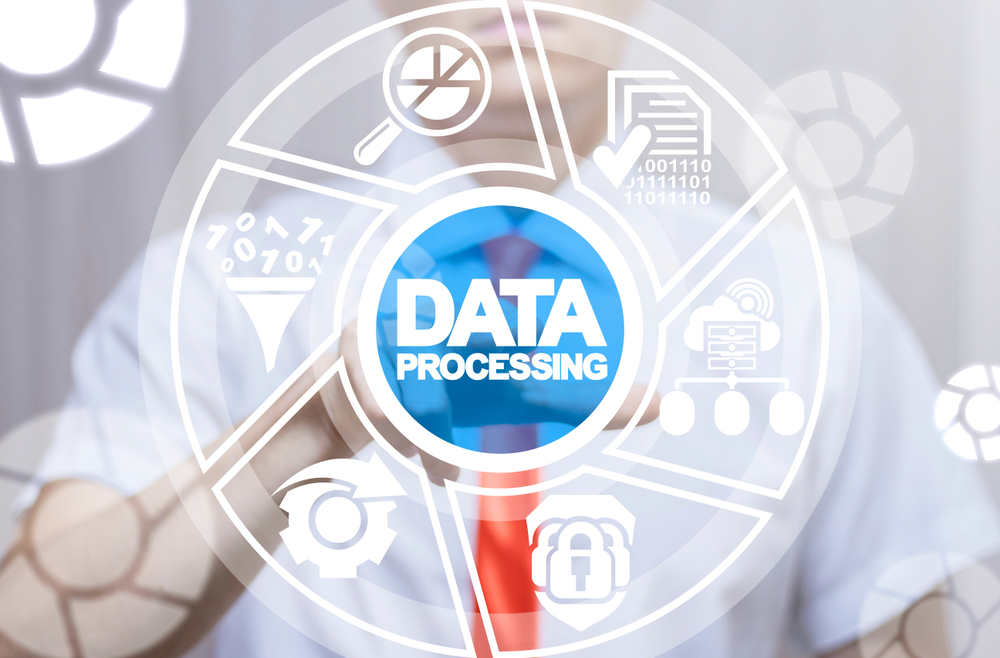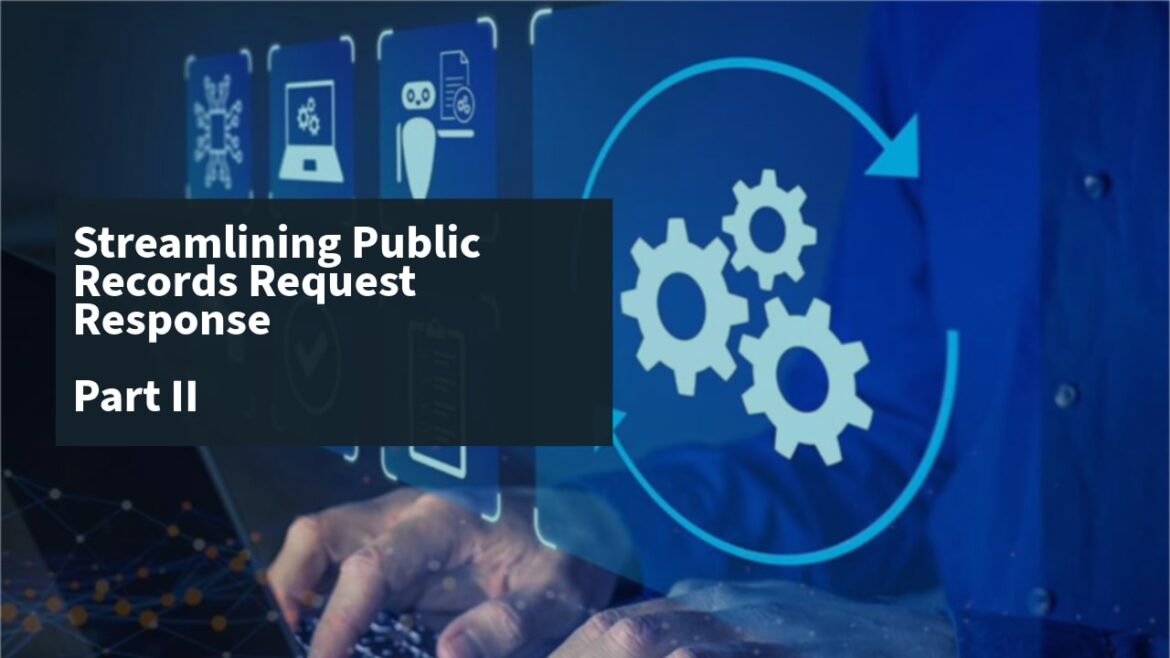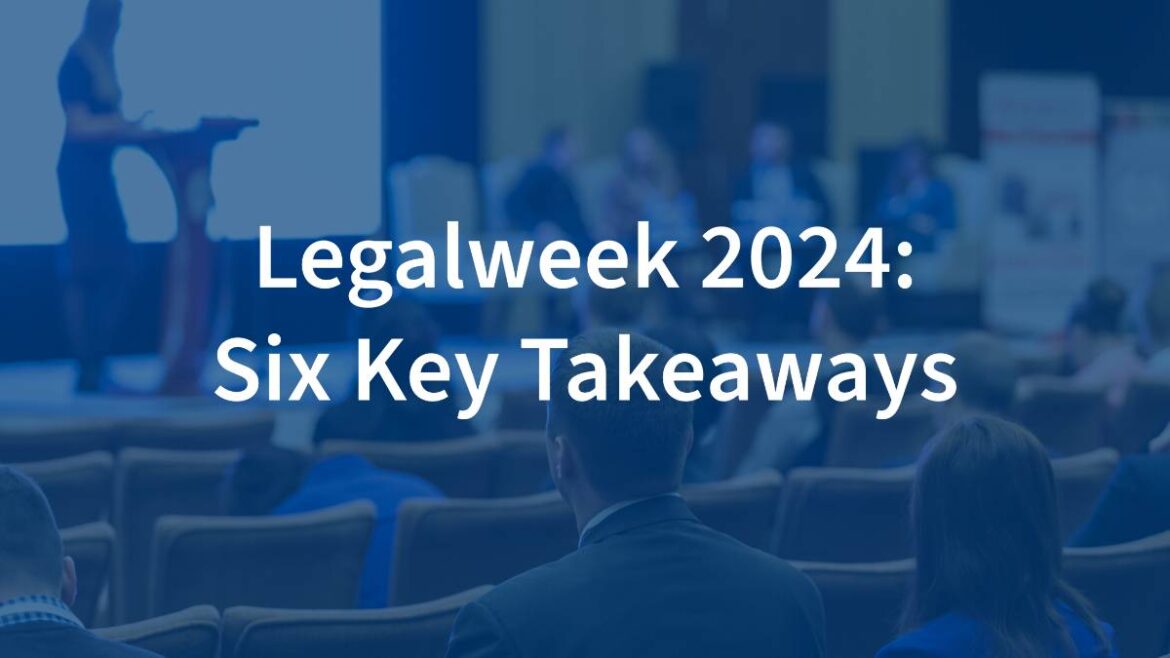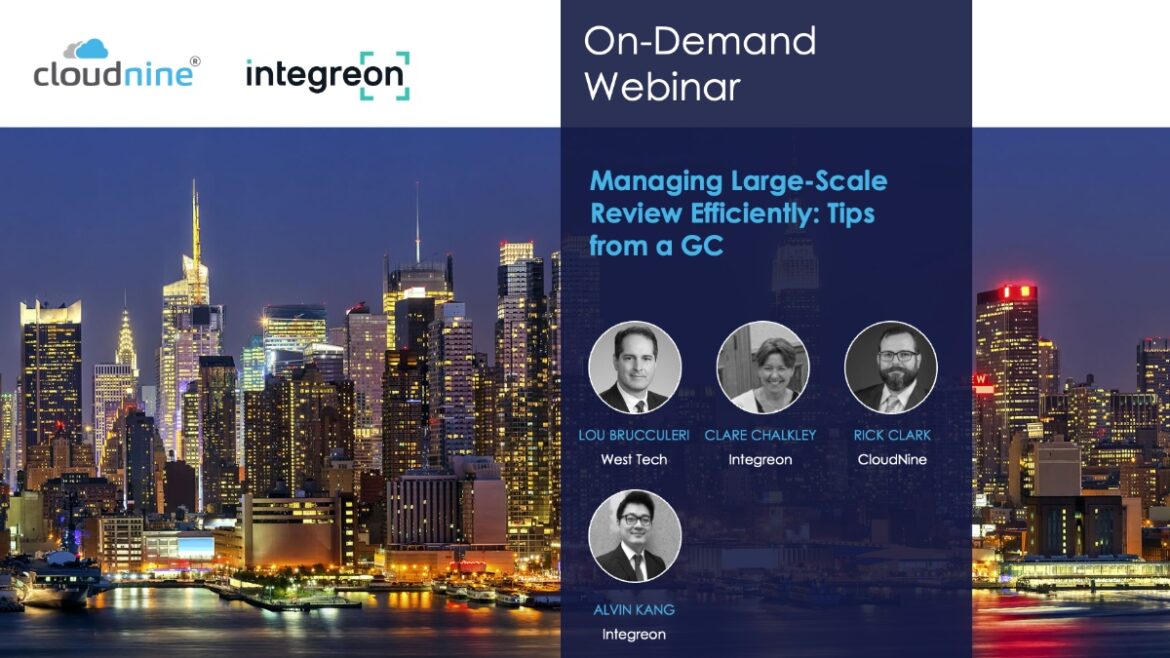Exploring the Future of Legal Innovation at The Masters Conference: Thought Leadership in D.C. and Social Media in Discovery and Investigations
On Thursday, April 10, 2025, legal and technology professionals gathered at Arnold & Porter in Washington, D.C. for an inspiring day of discussion, collaboration, and community during The Masters Conference Thought Leadership event. Hosted at Arnold & Porter’s offices at 601 Massachusetts Ave NW, this full-day conference promised a deep dive into the latest challenges and advancements in eDiscovery, legal tech, investigations, and career development.
The conference featured a wide range of insightful sessions—covering topics from artificial intelligence, custodian interviews with modern data challenges, case law updates, and social media collection and analysis. For this blog, I’m focusing on the session that explored the power and process of social media collection and analysis, which stood out as particularly timely and impactful.
The session on social media was titled “Unlocking Social Media Data,” sponsored by SMI Aware, and examined the investigative value of social media evidence. Josh Janow and Paige Hansen (SMI Aware) walked through data preservation strategies across platforms like Facebook, Instagram, LinkedIn, TikTok, Venmo, Strava and over 500 other accounts.
This session actually kicked off at the beginning of the conference, when Josh invited volunteers to have their social media presence assessed live. Using SMI Aware’s platform, the team conducted real-time OSINT (Open Source Intelligence) research on those individuals, compiling reports to present at the 11 a.m. breakout session. Initially, only a few attendees stepped forward—but when the findings were revealed, those volunteers were genuinely surprised by what had been uncovered in just a couple of hours. The reticence on the face of many in the room underscored the power of this tool in the hands of e-discovery professionals. What began as a novel and engaging activity quickly shifted in tone during the session, as attendees began to recognize social media research as a “must-have” component in litigation, compliance, and due diligence strategies.
Why Social Media Data Matters in Discovery
Since much of our life events are journaled online (as Paige put it), critical evidence is often found in unexpected places—Instagram posts, Venmo transactions, Reddit threads, and business collaboration tools like Slack and GitHub. The session opened with a challenge: What if your case hinges on something someone posted online—then deleted?
Social media can tell a story that contradicts a claim, verifies an alibi, or reveals patterns that shift the legal narrative. Whether it’s a workers’ comp investigation or a high-stakes wrongful termination suit, open-source data is no longer a “nice to have”—it’s a necessity.
When and Where to Search
The first key takeaway? Timing is everything.
Social media content can be altered or deleted. That’s why early case assessment should now include an OSINT component. From public Facebook profiles to lesser-known platforms like Discord or SoundCloud, relevant content often exists in plain sight—if you know where and how to look.
In one powerful case example shared, a claimant in a workplace injury lawsuit posted photos of themselves competing in a dance competition—at a time they were allegedly too injured to work. That evidence was found publicly, but only for a short window before it was removed.
The Legal and Ethical Imperatives
Attorneys and investigators have both a professional and ethical obligation to understand where potential evidence may exist, even if it lies outside traditional custodians and repositories.
The presentation emphasized that collecting this data isn’t about “digging for dirt”—it’s about diligence. When done properly, it involves secure data collection methods, legal defensibility, and a clear chain of custody. Not doing so could mean missing key facts, or worse—compromising the admissibility of your findings.
Challenges and Limitations
Despite its power, social media evidence isn’t without hurdles:
- Deleted or ephemeral content (think Stories or temporary posts)
- Private settings that restrict access
- Platform-specific restrictions on what can be scraped or reviewed
This is where specialized tools and experienced teams like SMI Aware’s come in. Their approach combines automated tools with human analysis to ensure data is gathered ethically, interpreted contextually, and structured into actionable insights with a deliverable of a report and the structured data that can then be imported into a review platform like CloudNine Review.
Real-World Impact: Case Studies in Action
The session walked attendees through several real-world investigations, including:
- Workers’ Compensation fraud
- Wage and hour disputes
- Wrongful termination claims
- Workplace compliance investigations
- Pre-employment screening
Each case underscored the same point: social media and OSINT data can change the course of an investigation—or the outcome of litigation.
Key Takeaways
- Social media is critical to modern discovery. If you’re not using it, you’re behind.
- Data disappears quickly. Timely collection is key.
- You need technical tools and expert interpretation to turn raw data into usable evidence.
- Ethical and professional rules require attorneys to understand how OSINT fits into their duty of competence.
- The report generated from SMI Aware’s software and service is a ready for an expert and is the main use, but also can create the proper load files for review in an eDiscovery review platform.
This conference was yet another testament to the evolving digital landscape of discovery—where artificial intelligence, modern data collection, and advanced review technologies are increasingly aligned to meet today’s challenges.
Are you ready to take control of eDiscovery costs? Let’s talk about how CloudNine can help you save money while optimizing efficiency: Contact Us today.









